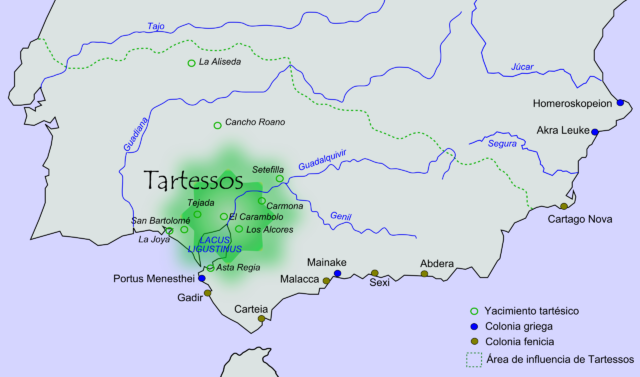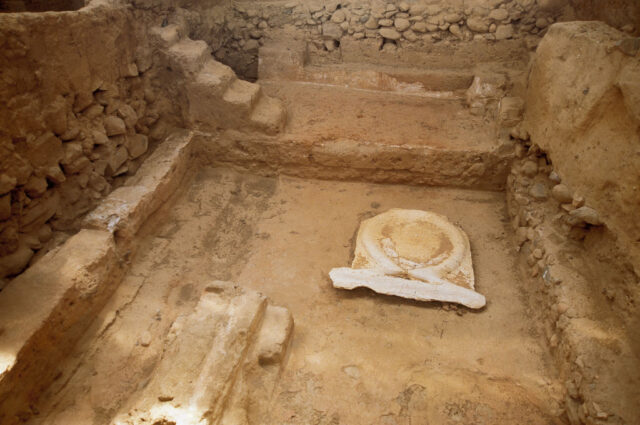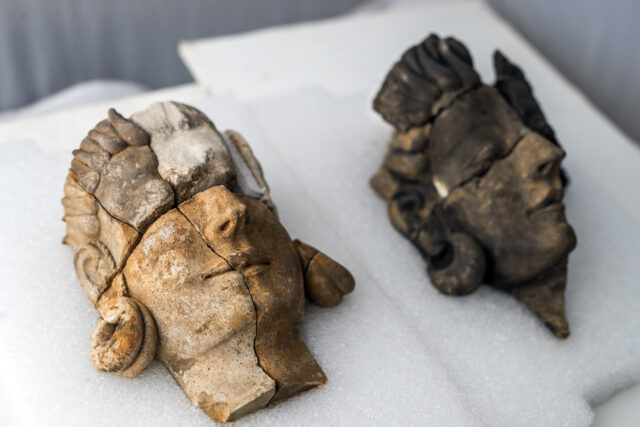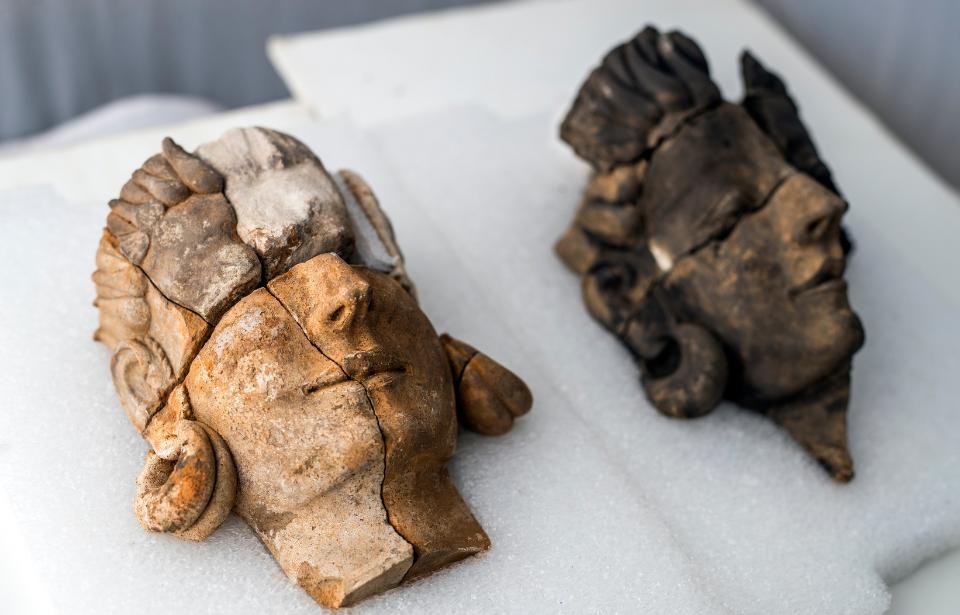Researchers with the Institute of Archaeology of Mérida (IAM), an organization within the Spanish National Research Council (CSIC), have announced the discovery of anthropomorphic reliefs dating back to the 5th century BC. Unearthed at the Casas del Turuñuelo site in Badajoz, Spain, the statues are the earliest-known representations of the ancient Tartessos civilization.

The announcement was made on April 18, 2023 via a press conference by CSIC. According to an accompanying press release, five anthropomorphic reliefs were unearthed in the eastern sector of Casas del Turuñuelo. The site features a sanctuary, which itself was discovered in 2017.
The discovery was made during the recent V Excavation campaign, which aims to locate the building’s façade and is part of the larger Building Tartessos project. Casas del Turuñuelo has been under excavation for many years now, with the team looking to learn more about the civilization through the “analysis of the large adobe buildings excavated in recent decades.”
The Tartessos thrived between the 9th and 6th centuries BC, during the Late Bronze Age, and are believed to be among the earliest civilizations to successfully live in the Iberian Peninsula during the first millennium BC.

The culture traded heavily with the Phoenicians and influenced not only them, but the Iberians and Celtiberians as well. The Tartessians themselves were said to have featured a combination of Phoenician and Paleohispanic traits.
Along with being skilled metallurgists, researchers have learned the civilization was polytheistic, meaning they worshipped many gods. They also had their own writing system, known as Tartessian script, which has not yet been fully deciphered.
Most interesting is the comparison that’s been made between Tartessos and Atlantis. The connection was first theorized by Adolf Schulten in 1922, who unsuccessfully tried to locate the former. This, however, has been subject to skepticism.
According to the press release, two of the newly-discovered reliefs are those of female figures. They’re adorned with large hoop earrings and are thought to represent divine females, due to “the technical quality and artistic details with which they were made.”
If true, this would put our current knowledge of the Tartessians into question, as historians have long believed the civilization to have shown their spiritual beliefs through plant and animal motifs. However, the team isn’t ruling out the possibility of the statues being representations of high-ranking societal figures.
Another fragment unearthed during the excavation has been identified as a warrior, due to a preserved portion of helmet.

According to CSIC, the latest discoveries continue to show “both the importance of the site and the importance of the Tartessian culture to the Guadiana valley during its last moments.” Previous discoveries at the location include evidence of animal sacrifice, a marble sculpture from Mount Pentelicus, Etruscan ivories and glasses from Macedonia. All “show the cultural and material wealth of this unique enclave.”
Casas del Turuñuelo is considered to be the best-preserved ancient structure in the western Mediterranean, with two floors still intact. “Its excellent state of conservation makes it possible to document construction techniques and architectural solutions that to date had not been documented in a Tartessian site,” the press release reads.
More from us: New Easter Island Moai Statue Discovered At Bottom of Dry Lakebed
The first excavation campaign began in 2015 and is ongoing. The team currently consists of members of the Institute of Archaeology of Mérida and the Junta de Extremadura.
